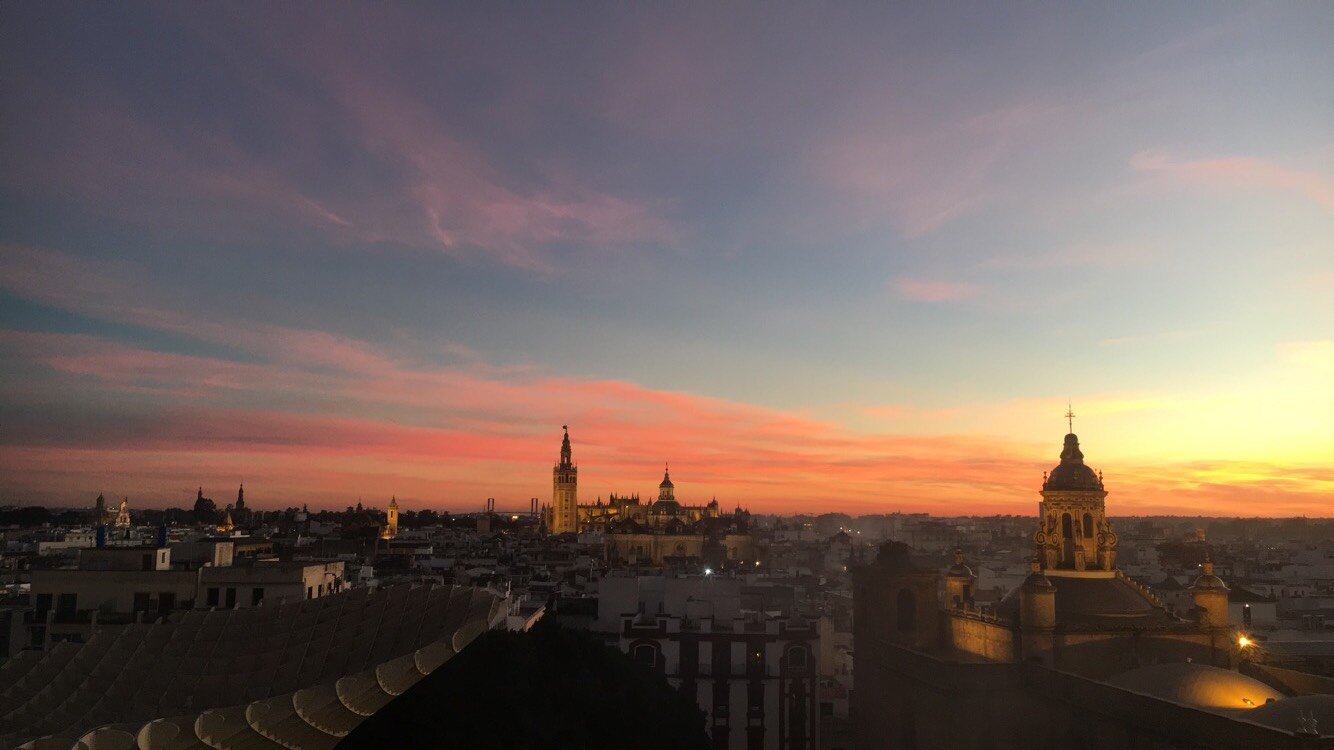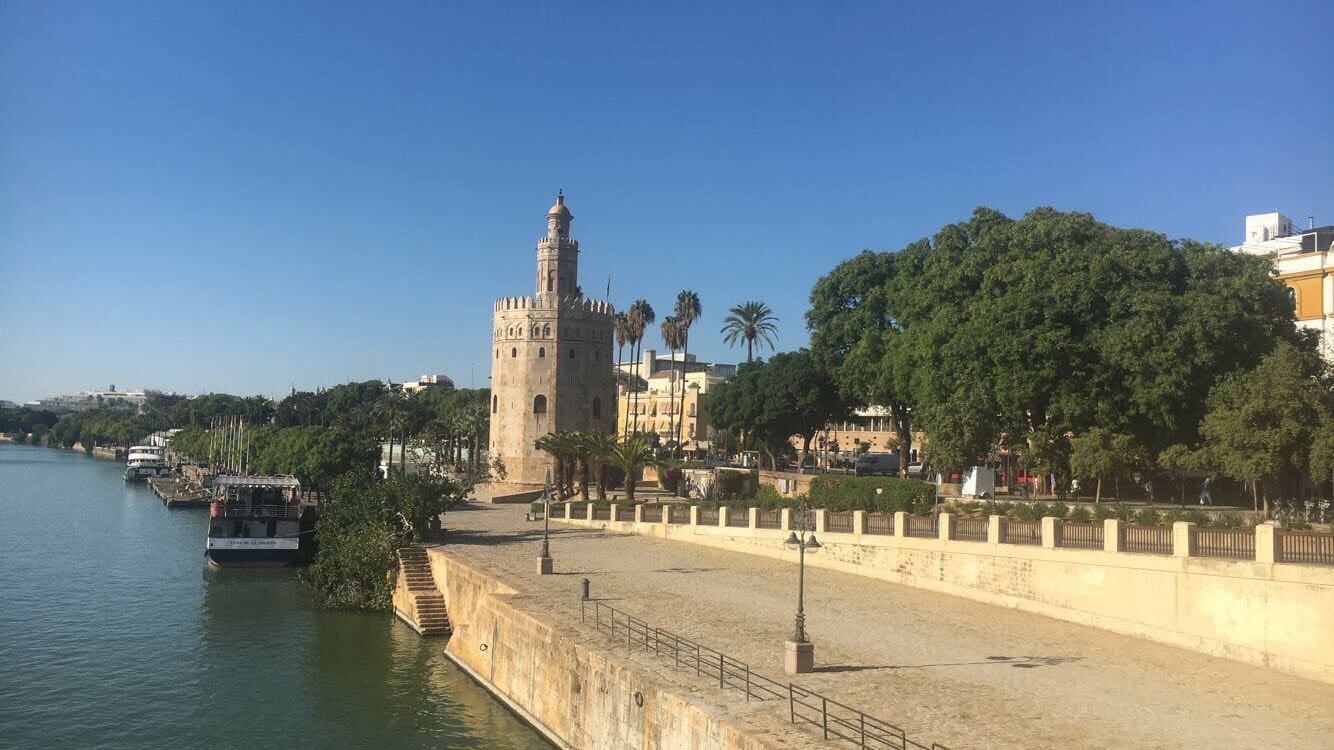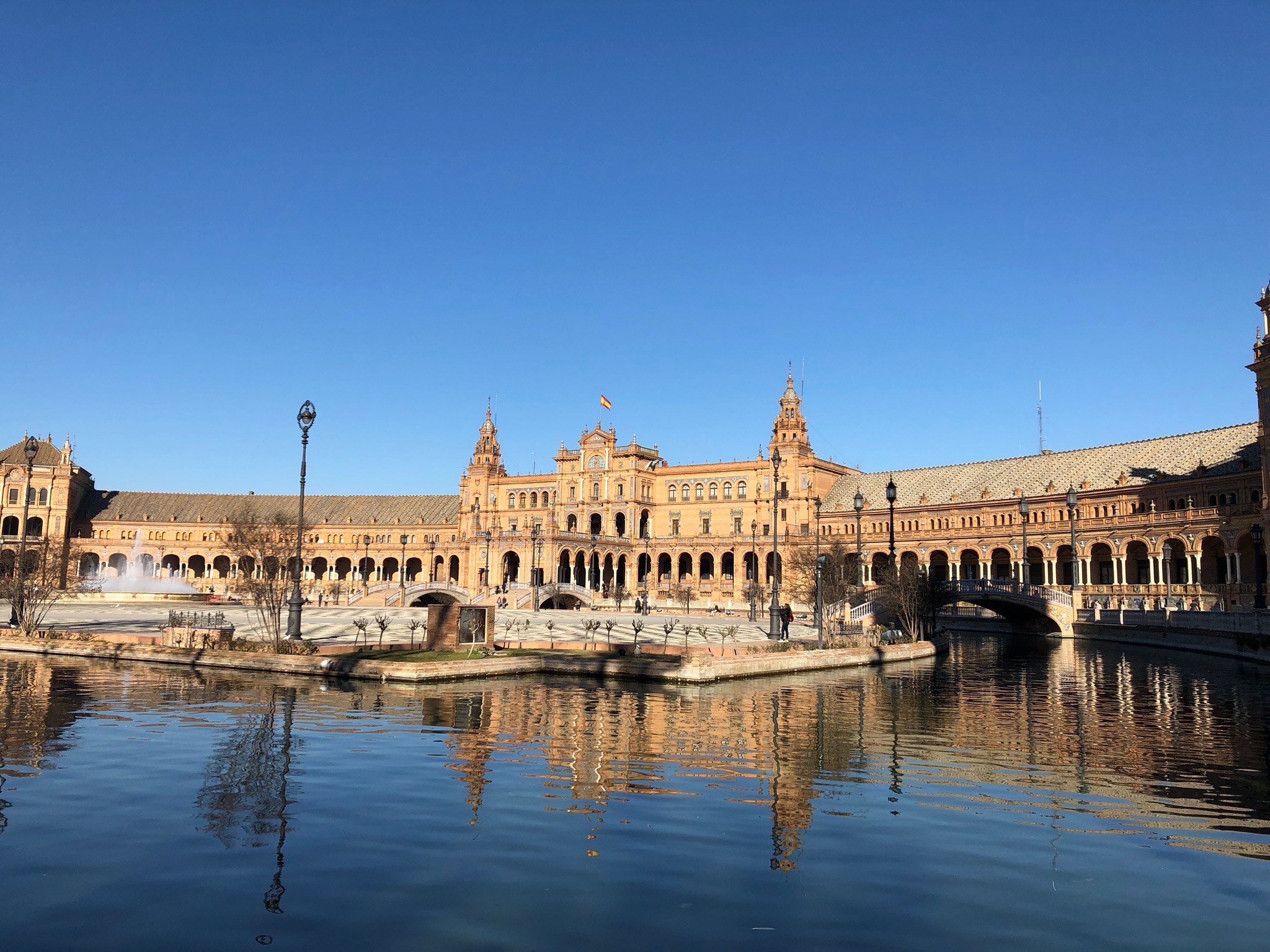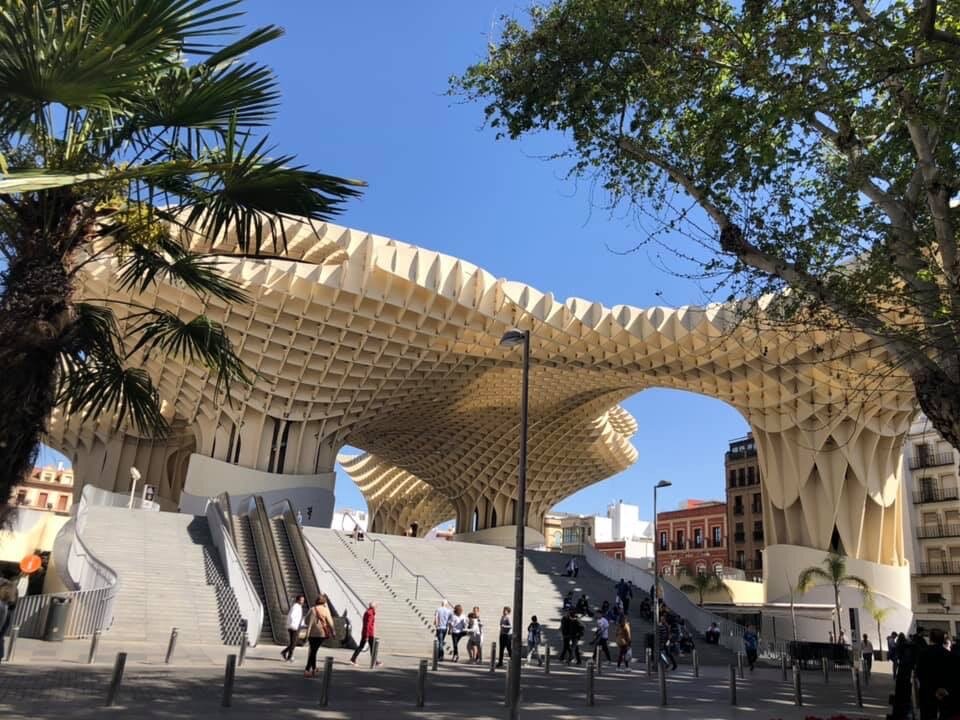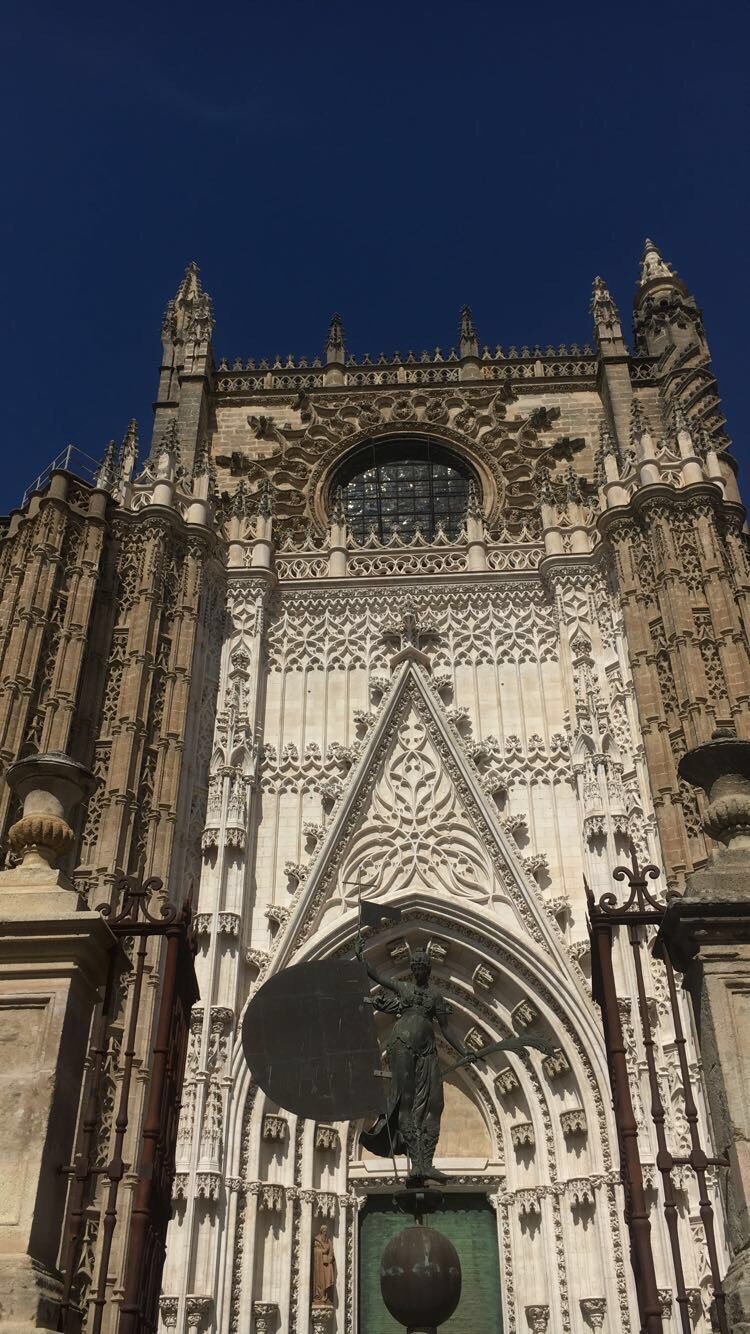Brits Abroad: Top Tips for SEVILLE
Amy Canfor-Wood, returning study abroad student, gives us the insider’s lowdown on this Spanish hotspot.
The process of finding my year abroad placement from the British Council last year was a bit of a rollercoaster of emotions. When I discovered that I’d be spending the year teaching English in the tiny town of Brenes, in rural Andalucía, I couldn’t help but feel disappointed. However, I was incredibly relieved to find out that this remote town I’d never heard of was only a quick 30-minute train ride from Seville, the Andaluz capital, and that a daily commute would, in fact, be feasible. After a flick through the top images on Google, I realised that I’d struck solid gold.
A word of warning: if you don’t cope well with the heat and are planning a trip to Seville, avoid the summer months like the plague. Winter temperatures definitely require a warm coat, especially early in the morning and late at night, but spring and autumn are incredibly pleasant for tourist activities - the days aren’t uncomfortable, and the evenings are warm enough to enjoy a late dinner outside, Spanish style! Seville is a landlocked city, which means that that it doesn’t benefit from the cooling summer ocean breezes like the cities of Málaga and Cádiz, but the stunning beaches of Punta Umbría and Matalascañas are thankfully only a quick bus ride or, even better, a Blablacar trip away. Blablacar is an incredibly popular ridesharing app in Europe and became my best friend whilst traveling due to its ease, cheapness, and flexibility. If you’re planning on a short stay in Spain and don’t fancy taking the plunge of renting a car then I would highly recommend downloading the app and checking out which rides are on offer! And if you’re intent on visiting during the summer months, there are thankfully a few reasonably-priced hostels around the city boasting rooftop pools
If, as I did when I first arrived, you do a quick Google search of ‘Things to do in Seville,’ Plaza de España will undoubtedly top that list, and for good reason too. Although the monument is home to the city’s government and administration buildings, the plaza fills with tourists during the day who flock to row in little boats round the semicircular lake or watch the flamenco dancers whose music fills the halls. The walls are covered in mosaics, and each city has its own tiled alcove which is perfect for both colourful photos and also a quick sit down and a well-deserved water break.
The incredibly unusual monument of Metropol Parasol, more commonly known as ‘Las Setas’ due to their unusual mushroom shape, is definitely one to visit if you want to experience something completely different from the classic cathedral-castle combo that you’re presented within the majority of European cities. Completed just eight years ago, the concrete structure provides panoramic views of the whole city, and if you can time your visit to coincide with the stunning sunsets which Seville enjoys practically every evening, even better. Just remember to keep your tickets (£3 for visitors) to benefit from the free postcard from the gift shop and your free drink from La Sureña below (a bar which can only really be described as a slightly downmarket Spanish version of Spoons, but a free drink is a free drink).
Monuments aside, one of my favourite things to do on slightly balmier days was to take a blanket and sit and relax by the Guadalquivir, the river which separates the main city of Seville on the right and Triana, the ancient home of Flamenco, on the left. Triana is just a quick walk across one of the many bridges which connect the two sides of the city and is a must-visit for lovers of history and ceramics alike - numerous tiny workshops dot the streets, each selling different versions of the beautiful blue and white tiles which are seen on the corners of practically every Spanish street. If, after visiting all of these places, you still find yourself stuck for things to do, I highly recommend taking a wander, either on your own or on a free walking tour, through the Jewish Quarter of the city (the Barrio Santa Cruz), whose narrow streets will not only serve as great protection from the sweltering sunlight, but which will also not fail to amaze you with the centuries of multicultural history which have been etched into their walls.

